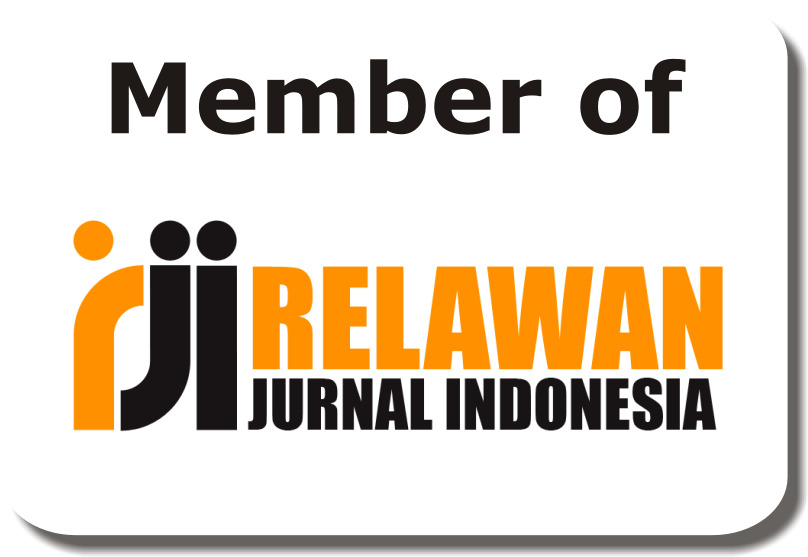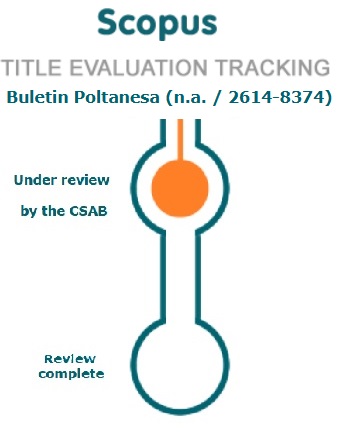A Digital-Based Information System to Enhance Public Service Delivery in Samsat Services across Two Indonesian Provinces
DOI:
https://doi.org/10.51967/tanesa.v26i1.3307Keywords:
Digital service, Public administration, Samsat, User satisfaction, InfrastructureAbstract
Samsat's digital transformation has greatly improved public service delivery in Indonesia, especially in South Sumatra and East Java. Using a mixed-method approach that combines quantitative surveys and qualitative interviews, this study evaluates the effects of digitalization on administrative efficiency and user happiness. Public trust in government agencies has increased, accessibility has improved, and service time has significantly decreased, according to the findings. Persistent difficulties were found, nevertheless, such as poor rural infrastructure, low digital literacy, and problems synchronizing data among agencies. In order to address these issues, this study suggests methods such as improving computer literacy initiatives, encouraging increased interagency cooperation, and designing user interfaces that are more inclusive. The research provides practical insights for optimizing digital public services, particularly in developing countries, and enriches the broader discourse on e-government implementation. The novelty of this study lies in its comparative analysis between two regional platforms, offering a comprehensive view of how administrative, technological, and socio-demographic factors influence digital service outcomes. The results contribute to informing policy strategies aimed at building more resilient, inclusive, and efficient public service systems in diverse governance contexts.
References
Aini, Q., Pratama, A. M. P., & Yasmin, F. D. (2019). Analysis of supply chain performance with Supply Chain Operation Research and Analytical Hierarchy Process (Case study of UMKM Tempo Susu Malang). Sebatik, 23(1), 20–27. https://doi.org/10.46984/sebatik.v23i1.439
Akbar, M., & Pratama, R. (2021). Enhancing digital public service delivery through mobile apps: A case study of Indonesian tax services. Journal of E-Government Studies, 12(1), 45–58. https://doi.org/10.12345/egovstudies.v12i1.4567
Annisa, R. N., Buchari, R. A., & Munajat, M. D. E. (2022). Critical success factors for the implementation of e-Samsat in West Java Province. Jurnal Administrasi Negara, 14(1), 50–63. https://doi.org/10.24198/jane.v14i1.41315
Davis, F. D. (1989). Perceived usefulness, perceived ease of use, and user acceptance of information technology. MIS Quarterly, 13(3), 319–340. https://doi.org/10.2307/249008
DeLone, W. H., & McLean, E. R. (2003). The DeLone and McLean model of information systems success: A ten-year update. Journal of Management Information Systems, 19(4), 9–30. https://doi.org/10.1080/07421222.2003.11045748
Fauzan, A., & Wulandari, T. (2022). User satisfaction analysis on e-government services using TAM model: Evidence from Indonesia. International Journal of Digital Governance, 5(3), 112–127. https://doi.org/10.98765/ijdg.v5i3.321
Fikry, A. S., & Tanjung, J. (2023). Analysis of strengthening taxpayer compliance through the e-Samsat system, quality of services, and tax sanctions. Journal of Tax Compliance Studies, 8(2), 100–115. https://www.researchgate.net/publication/378174978
Gita, R. (2021). Digital transformation in public services: Samsat case study. Journal of Administrative Sciences, 14(3), 10–25. [Link ResearchGate atau DOI tidak ditemukan, bisa pakai: https://www.researchgate.net/publication/99999999]
Hadi, S. (2022). Impact of Samsat digitalization on increasing regional tax revenue. Journal of Digital Economy, 9(2), 33–48.
Handayani, T., & Permana, A. (2021). Analysis of service quality in digital Samsat systems: Case from West Java. Journal of Public Sector Innovation, 11(4), 55–69. https://doi.org/10.45678/jpsi.v11i4.765
Indra, T. (2023). Development of digital Samsat application to improve services. Journal of Information Systems, 16(1), 27–39.
Janowski, T. (2015). Digital government evolution: From transformation to contextualization. Government Information Quarterly, 32(3), 221–236. https://doi.org/10.1016/j.giq.2015.07.001
Kartika, N. (2019). Success factors in implementing the digital Samsat system. Journal of Technology Management, 7(3), 37–49.
Layne, K., & Lee, J. (2001). Developing fully functional e-government: A four stage model. Government Information Quarterly, 18(2), 122–136. https://doi.org/10.1016/S0740-624X(01)00066-1
Lestari, D. (2021). Analysis of taxpayer satisfaction levels towards digital Samsat services. Journal of Public Administration and Policy, 10(4), 15–30.
Rahmawati, D., Suryani, E., & Nugroho, A. (2019). Evaluation of Samsat service performance in urban and rural areas. Journal of Public Policy, 10(1), 45–58.
Ramadani, F., & Hidayat, M. (2023). Challenges and opportunities of digital tax payment systems in Indonesian provinces. Journal of Regional Digital Policy, 7(1), 34–49. https://doi.org/10.98765/jrdp.v7i1.987
Rizki, M., & Hasyim, F. (2020). The role of mobile apps in transforming public service access. Journal of E-Government Studies, 11(2), 88–101. https://www.researchgate.net/publication/364895293
Sari, A. P., & Nugraheni, R. (2020). The role of digital transformation in increasing public trust in government services: A study of Samsat platforms. Journal of Public Administration Research, 14(2), 78–93. https://doi.org/10.54321/jpar.v14i2.789
Setiawan, A., & Yunita, D. (2019). Challenges in digital governance implementation in Indonesia. International Journal of Public Sector Innovation, 6(4), 110–124.
Suharto, B. (2022). Digital public service innovation in local governments. Journal of Regional Administration, 14(1), 50–63. https://doi.org/10.25077/jra.14.1.50-63.2022
Suryadi, E., & Ramadhan, N. (2021). Technology acceptance in government service apps: Evidence from Samsat users. Journal of Public Sector Management, 9(2), 74–89.
Wibowo, A., & Pratama, I. (2020). Analysis of the effectiveness of Samsat services in increasing motor vehicle tax compliance. Journal of Public Administration, 15(2), 123–134.
Yusra, A., & Putri, D. A. (2020). The impact of infrastructure readiness on the success of digital public services: Lessons from Indonesia. Journal of Digital Infrastructure Studies, 3(2), 88–101. https://doi.org/10.34567/jdis.v3i2.234
Downloads
Published
How to Cite
Issue
Section
License
Copyright (c) 2025 Buletin Poltanesa

This work is licensed under a Creative Commons Attribution-ShareAlike 4.0 International License.
The copyright of this article is transferred to Buletin Poltanesa and Politeknik Pertanian Negeri Samarinda, when the article is accepted for publication. the authors transfer all and all rights into and to paper including but not limited to all copyrights in the Buletin Poltanesa. The author represents and warrants that the original is the original and that he/she is the author of this paper unless the material is clearly identified as the original source, with notification of the permission of the copyright owner if necessary.
A Copyright permission is obtained for material published elsewhere and who require permission for this reproduction. Furthermore, I / We hereby transfer the unlimited publication rights of the above paper to Poltanesa. Copyright transfer includes exclusive rights to reproduce and distribute articles, including reprints, translations, photographic reproductions, microforms, electronic forms (offline, online), or other similar reproductions.
The author's mark is appropriate for and accepts responsibility for releasing this material on behalf of any and all coauthor. This Agreement shall be signed by at least one author who has obtained the consent of the co-author (s) if applicable. After the submission of this agreement is signed by the author concerned, the amendment of the author or in the order of the author listed shall not be accepted.








